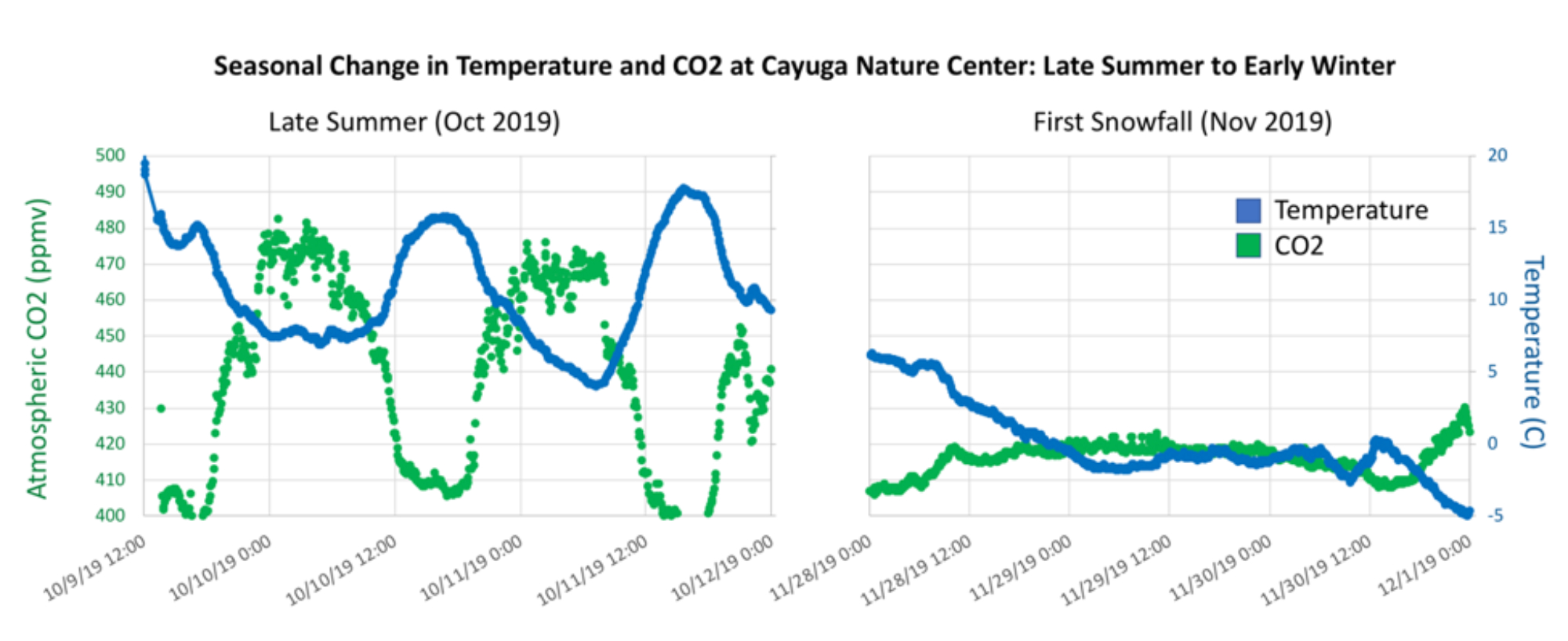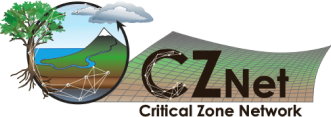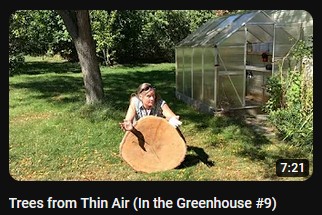The Paleontological Research Institution is affiliated with the U.S. Critical Zone Network.

The Critical Zone
The Critical Zone supports terrestrial life on Earth. It is the region above and below the Earth surface, extending from the tops of the trees down through the subsurface to the bottom of the groundwater. The Critical Zone is where we live. It is where we grow our food, and where we get our water and most of the other resources that we use every day.
The Critical Zone Collaborative Network (CZNet) is the next phase of NSF’s Critical Zone research program, comprised of nine Thematic Clusters with a wide range of geological, climatic, and land use settings that provide an opportunity to better understand the critical zone.
PRI collects and displays CZ data at the Cayuga Nature Center. We monitor (1) the flow of solar energy across the atmosphere-solid Earth boundary, and (2) the movement of carbon dioxide between the biosphere and the atmosphere. These measurements allow us to observe energy and material flows in natural ecosystems. The data are displayed to encourage public visitors to examine how human communities could use the energy movements in natural systems as a model for their own energy consumption.

Figure: Carbon dioxide (CO2) and temperature measurements at Cayuga Nature Center show seasonal change. In late summer (left) there is a large temperature change from day to night, and an accompanying change in atmospheric CO2. During the day photosynthesis draws CO2 out of the air into plants to build biomass, while night-time respiration releases CO2 to the atmosphere causing its concentration to increase. In early winter (right) plants are dormant and snow blankets the ground, suppressing both photosynthesis and respiration, while the temperature is uniformly colder.
Recorded critical zone webinars for educators
CZNet - Big Ideas Educator Workshop
Big Ideas: Earth’s Spheres Interact in the Critical Zone: Examples of interactions among the hydrosphere, biosphere, atmosphere, & geosphere, with outcomes for humans and nature. Activities focus on integrating expertise in considering climate change.
CZNet - Carbon in the Critical Zone Educator Workshop
A workshop for educators on carbon and carbon fluxes in the critical zone, the region above and below the Earth surface, extending from the tops of the trees down through the subsurface to the bottom of the groundwater.
CZNet - Water in the Critical Zone Educator Workshop
Hands-on activities for students to monitor water movement in the environment and examine the effects of human modifications to watersheds.
CZNet - Climate Change in the Critical Zone Educator Workshop
Hands-on activities for students to measure the impacts of climate change in local communities and emphasize mitigation strategies. This is one of four short workshops presenting online resources for teaching concepts in the Earth & environmental sciences, portrayed through the lens of the critical zone. The critical zone is Earth’s outer skin from treetop to bedrock - a constantly changing place where rock, soil, water, air, and living organisms interact. The featured free educational materials have been developed with teaching and learning in mind and are aligned with national education standards.




